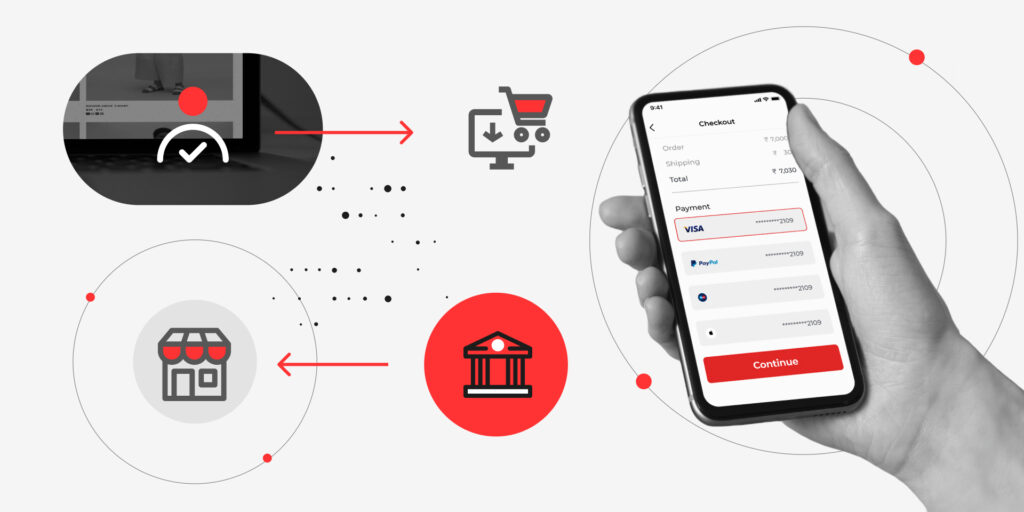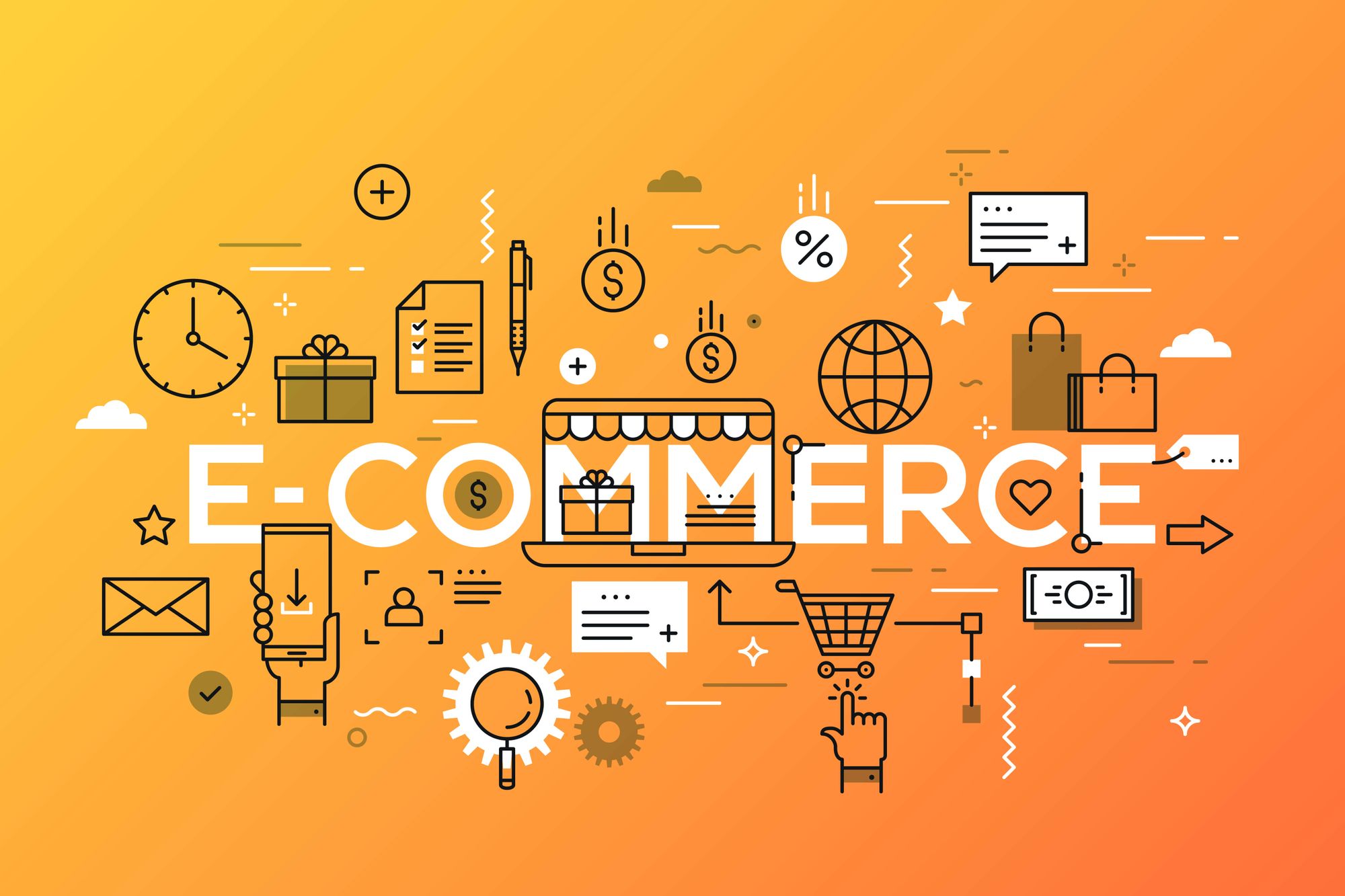The e-commerce industry in India has seen exponential growth, especially after 2020. With increasing internet users and a preference for online shopping, there’s never been a better time to start an e-commerce business. But success in this field requires proper planning—from business registration to marketing and brand building.
Let’s go through a step-by-step guide to starting your e-commerce journey.
1. Choose Your E-commerce Business Model
Before jumping in, decide what kind of e-commerce business you want to start. Common models include:
- B2C (Business to Consumer): Selling products directly to customers (e.g., Myntra, Flipkart).
- B2B (Business to Business): Supplying goods to other businesses (e.g., IndiaMART).
- C2C (Consumer to Consumer): Platforms where individuals sell to each other (e.g., OLX).
- D2C (Direct to Consumer): Selling your own branded products through your website (e.g., Mamaearth).
Tip: For beginners, D2C or B2C models are easier to start because they require less infrastructure.
2. Choose Your Product Niche
A niche gives your store direction. Don’t try to sell everything in the beginning. Focus on a category that has:
- Market demand (people are already searching for it)
- Manageable competition (not too crowded)
- Good profit margins
You can use tools like Google Trends, Amazon Best Sellers, and SEMrush to identify product trends.
3. Register Your Business and Get Legal Documents
For a professional e-commerce business, proper documentation is essential. Here’s a list of key requirements:
- Business Registration: Choose from Sole Proprietorship, LLP, or Private Limited Company (recommended for scalability).
- GST Registration: Mandatory for selling goods online.
- PAN Card & Bank Account: Create a current account in your business name.
- Trademark Registration: Protect your brand name and logo.
- Import-Export Code (IEC): If you plan to sell internationally.
- Udyam/MSME Registration: Helps you access government benefits and business loans.
Once these documents are ready, you can legally start operating your e-commerce store.
4. Build Your E-commerce Website
Your website is the heart of your e-commerce business. You can either create it yourself using platforms like Shopify, WooCommerce, or Wix, or hire professionals for a custom website.
If you want a fast-loading, SEO-optimized, and user-friendly e-commerce website, Picasso Multimedia offers tailored web design and development solutions to help businesses build powerful online stores.
Key features your website should include:
- Attractive homepage with product highlights
- Secure payment gateways (Razorpay, Paytm, etc.)
- Mobile-friendly design
- Search and filter options
- Customer reviews and ratings
- Easy checkout process
5. Add Products and Write SEO-Optimized Descriptions
Every product listing should include:
- High-quality images (from multiple angles)
- Keyword-rich product title
- Detailed description (benefits, usage, material, etc.)
- Price, discounts, and delivery info
A well-optimized product page not only improves user experience but also boosts organic visibility on Google and marketplaces.
6. Set Up Logistics and Inventory Management
A seamless logistics system ensures timely delivery and customer satisfaction. You can:
- Partner with logistics providers like Shiprocket, Delhivery, or Blue Dart.
- Use marketplace shipping (if selling on Amazon or Flipkart).
- Track inventory with tools like Zoho Inventory or Tally.
If you sell multiple products, consider warehouse management software for efficiency.

7. Payment Gateway Integration
To accept payments online, integrate a secure payment gateway such as:
- Razorpay
- PayU
- CCAvenue
- Cashfree
Ensure your website supports UPI, debit/credit cards, and wallets for customer convenience.
8. Marketing and Branding Your E-commerce Business
This is where most businesses either grow or fail. Marketing and branding are not just about running ads—they’re about creating trust and visibility.
A. Build Your Brand Identity
- Choose a memorable brand name and logo.
- Use consistent brand colors and tone of voice.
- Create a tagline that connects emotionally with your audience.
If you’re unsure how to create a strong digital identity, Picasso Multimedia helps brands develop impactful visuals, strategies, and online presence that attract and retain customers.
B. Digital Marketing Strategy
A balanced digital marketing plan includes:
- Search Engine Optimization (SEO): Optimize your product pages and blogs for relevant keywords.
- Social Media Marketing: Use Instagram, Facebook, and Pinterest for product showcasing.
- Google Ads & Meta Ads: Run targeted campaigns to attract buyers.
- Email Marketing: Send personalized offers and product updates.
- Influencer Collaborations: Partner with micro-influencers to reach niche audiences.
C. Content Marketing
Blogging, video marketing, and user-generated content help build trust. For example, you can post “How to Use” videos or customer stories on YouTube and Instagram.
9. Customer Support and Retention
Your relationship with customers doesn’t end after a sale. Retention is key.
- Offer responsive customer support via chat, email, or WhatsApp.
- Provide easy return and refund policies.
- Introduce loyalty points or referral programs.
Loyal customers become your brand advocates and help reduce ad spend in the long term.
10. Monitor, Analyze, and Scale
Use analytics tools to track performance:
- Google Analytics for website traffic
- Meta Business Suite for ad insights
- Hotjar for user behavior analysis
Once you identify what’s working—be it a specific product, ad type, or audience—scale it up.
Final Thoughts
Starting an e-commerce business in India requires patience, consistency, and smart execution. From legal documentation to building a website and creating a marketing strategy, every step contributes to your brand’s success.
If you’re planning to launch your e-commerce website or scale your online brand, Picasso Multimedia can be your strategic partner—offering professional website design, SEO, and digital marketing solutions to help you grow faster in the competitive e-commerce landscape.


